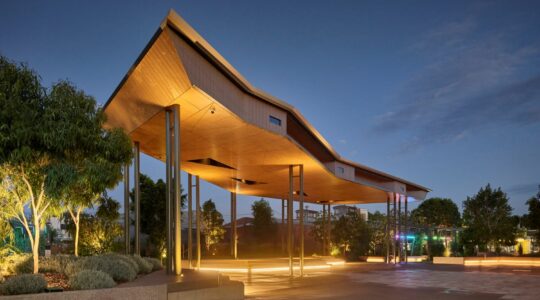More than a quarter of Australian employees don’t take breaks during their work day, according to a new survey.
Conducted by workplace supplies business COS to investigate workplace productivity, it found 28 percent of the more than 1000 workers surveyed never took a break during business hours.
COS CEO Amie Lyone said despite the clear benefits, many workers skipped their breaks.
Ms Lyone said the research uncovered common barriers such as time pressure, heavy workloads, and even feelings of guilt.
She said these factors were quietly chipping away at both wellbeing and productivity.
“The sentiment was similar across industries, genders, and locations around Australia.”
Ms Lyone said, however, Gen Z were more likely to take breaks daily (84 percent) compared to any other age group, with Millennials (72 percent), Gen X (70 percent) and Baby Boomers (65 percent) less likely.
She said taking daily breaks delivered tangible business benefits, with workers that did take breaks reporting higher efficiency (29 percent), lower stress levels (27 percent), and improved quality of work (25 percent).
“The main influencers on whether workers take breaks or not were supportive workplace culture (21 percent), dedicated rest areas in the office (21 percent), and active encouragement from the leadership team (20 percent).”
“Whilst endorsing breaks and integrating this more meaningfully into the workplace culture is easy to execute, the thought of how creating quality rest areas can also be overwhelming.”
Ms Lyone suggested the following:
- Designated zones for relaxation: Create specific areas designed solely for relaxation, away from the usual hustle of the office. These zones should be equipped with comfortable seating, calming décor, and plants to enhance the atmosphere. This ensures employees can truly disconnect from their workstations.
- Quiet zones for focused breaks: Having a “quiet zone” specifically for employees who need a peaceful space to read or meditate during their break is really impactful. Soft lighting, noise-reducing elements, and cozy furniture help to provide a calm atmosphere. This type of serene environment is effective for mental relaxation and improves focus after a break.
- Social and casual gathering areas: Rest areas can include comfortable lounge spaces with sofas and small tables where employees can engage with each other informally. This promotes a sense of community and collaboration outside of the formal work environment.
- Healthy snack stations: Offering a variety of healthy snacks like fresh fruit, nuts, and granola, along with herbal teas and water stations, helps to maintain staff energy levels, as well as promoting a culture of well-being.
- Meeting charters: A clear meeting charter helps teams avoid back-to-back meetings and build in quiet times into the day. It sets healthy boundaries, reduce meeting fatigue, and gives staff space to reset and refocus – supporting both wellbeing and productivity.








